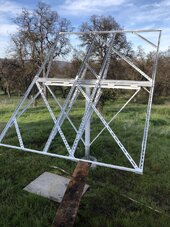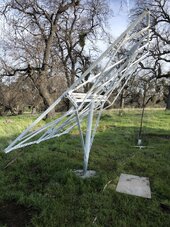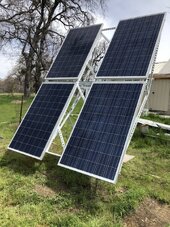Yes, either 11A in series with 5 + 5 = 10A, or 38V in parallel with 20 + 20 = 40V.
However, in the first case, if 5A panels were shaded and 11A pushed through bypass diodes of one, would burn the diodes. (Parallel diodes aren't expected to share current evenly, one that takes more gets hotter and takes even more.
In the second case, shorted 5A panels get backfed 11A, maybe a fuse helps. Although, it's recommended fuse size may not blow at 11A or whatever lower amount the sun is producing.
I think either will work, just has some potential issues.
Fuse holders are a convenient way to hold and replace fuses, without wires flopping around that might short.
Fuse directly on battery terminal might provide more leverage than desired. If class T fits there, could work.
(If using MRBF, a fuse holder is required to avoid bridging past the fuse.)
Fusing individual batteries may be better, but I don't think a failed battery would sink so much current as to blow the fuse. Maybe a disconnect per battery and fuse before long cable to load? Different approaches depending on anticipated failure mode. Best is probably disconnect and fuse per battery. Mostly BMS takes care of things, but concern is if it fails.





